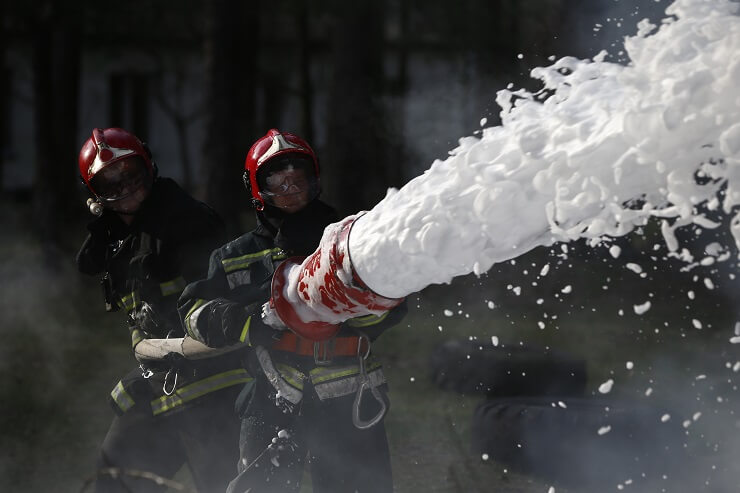Understanding the Firefighting Foam Lawsuit: What You Need to Know?
The firefighting foam lawsuit is more than a legal issue; it’s a public health and environmental crisis with far-reaching consequences.

The firefighting foam lawsuit has gained national attention in recent years due to growing concerns over public health, environmental contamination, and corporate accountability. At the center of the legal battle is a type of foam known as AFFF (Aqueous Film-Forming Foam), commonly used by firefighters and military personnel to suppress flammable liquid fires. This post breaks down the background, key issues, and what affected individuals need to know.
What is Firefighting Foam and Why is it Controversial?
Firefighting foam, specifically AFFF, has been widely used since the 1960s for its ability to extinguish high-intensity Fire fighting foam lawsuit involving fuel or chemicals quickly. However, the foam contains PFAS (per- and polyfluoroalkyl substances), a group of man-made chemicals known for their resistance to water, oil, and heat.
The controversy stems from the fact that PFAS chemicals do not break down easily in the environment or the human body, earning them the nickname “forever chemicals.” Over time, these substances have been linked to a range of serious health issues, including:
- Certain types of cancer (e.g., kidney, testicular)
- Hormonal disruption
- Liver damage
- Immune system suppression
- Developmental issues in infants and children
Basis of the Firefighting Foam Lawsuit
The firefighting foam lawsuit centers on claims that manufacturers of AFFF, including major chemical companies, knew about the health and environmental risks associated with PFAS but failed to warn users or regulatory agencies.
Victims involved in these lawsuits include:
- Firefighters who were directly exposed to AFFF during training or active duty
- Military personnel and airport workers
- Residents living near military bases, airports, or industrial sites where groundwater has been contaminated
Lawsuits typically allege negligence, failure to warn, product liability, and environmental damage.
What Victims Are Seeking?
Those affected by PFAS exposure through firefighting foam are seeking compensation for:
- Medical expenses related to PFAS-linked illnesses
- Ongoing health monitoring
- Loss of income and earning potential
- Pain, suffering, and reduced quality of life
- Environmental cleanup and property devaluation
In some cases, class action lawsuits and multidistrict litigation (MDL) have been formed to streamline the legal process for victims across multiple regions.
Current Legal Developments
As of now, many firefighting foam lawsuits are still in progress. Several major settlements have already been reached, particularly with public water systems affected by PFAS contamination. However, individual claims by firefighters and residents continue to be filed as more people become aware of the risks and symptoms associated with exposure to the toxins.
Legal experts recommend that anyone who suspects they have been exposed to firefighting foam, particularly those experiencing health issues, consult a qualified attorney who specializes in toxic exposure or product liability cases.
Final Thoughts
The firefighting foam lawsuit is more than a legal issue; it’s a public health and environmental crisis with far-reaching consequences. Understanding the facts and legal options available is the first step toward justice for those impacted. As scientific research and litigation continue to unfold, affected individuals and communities have an opportunity to hold manufacturers accountable and seek the compensation they deserve.



